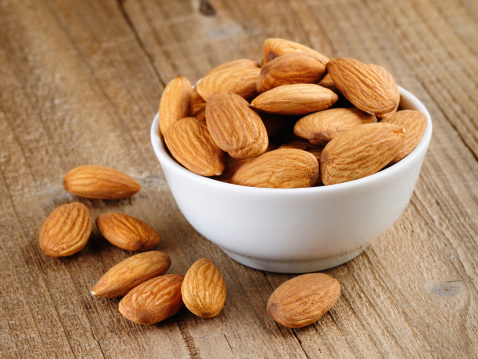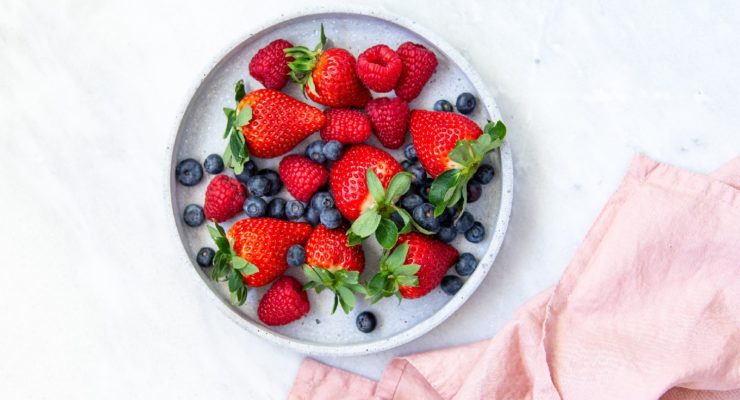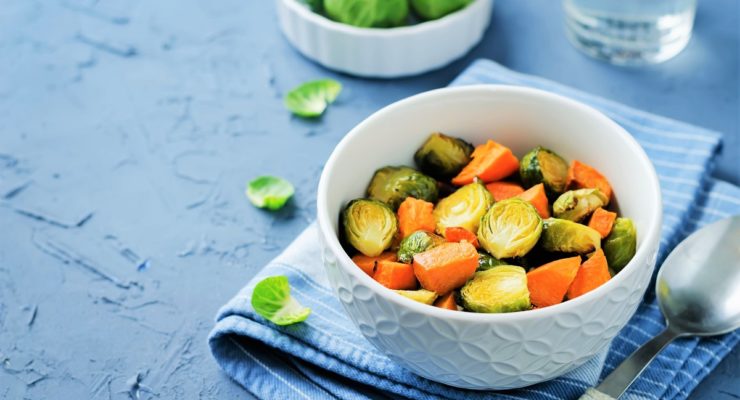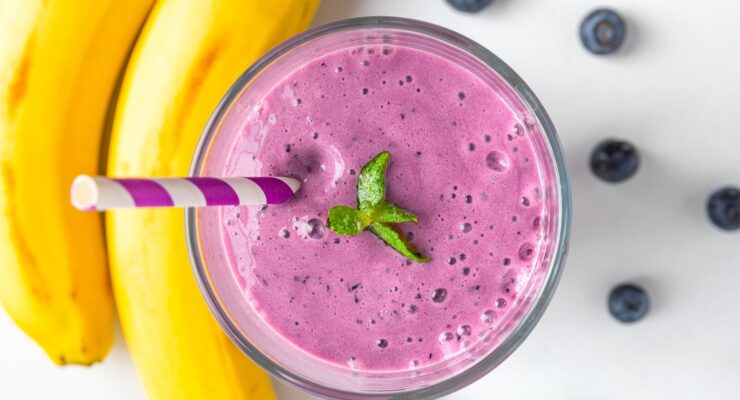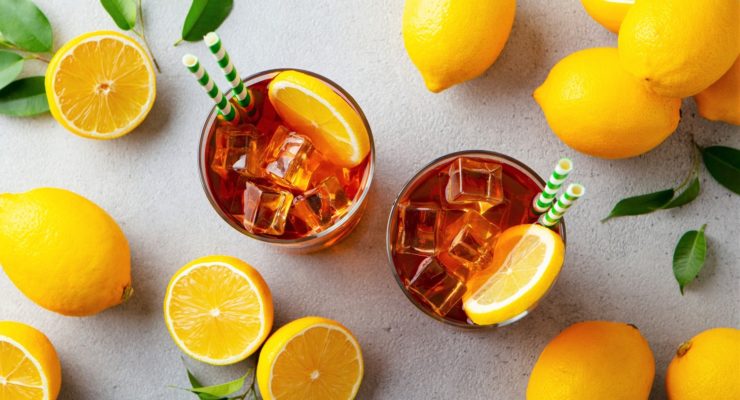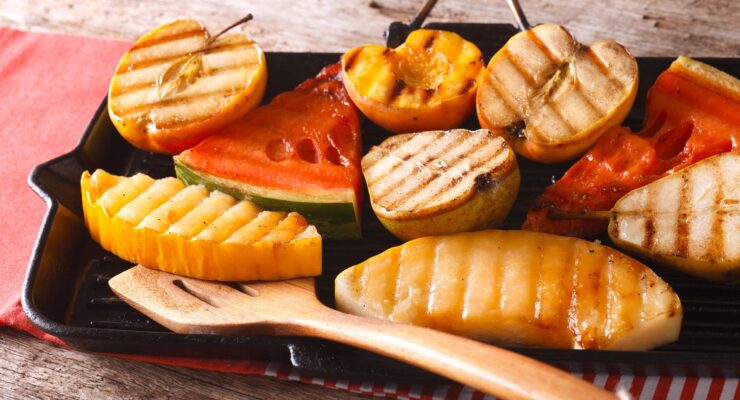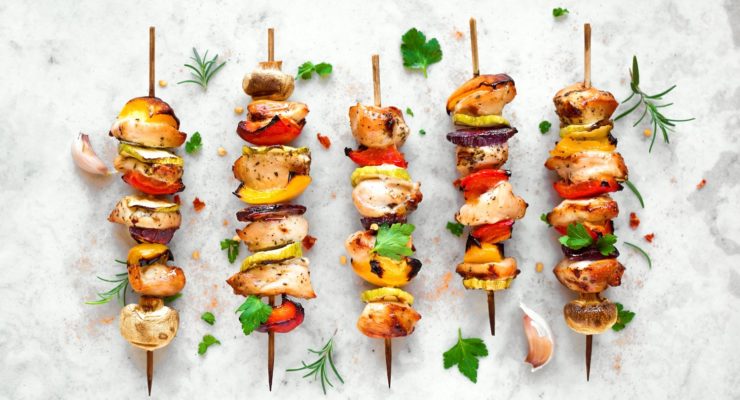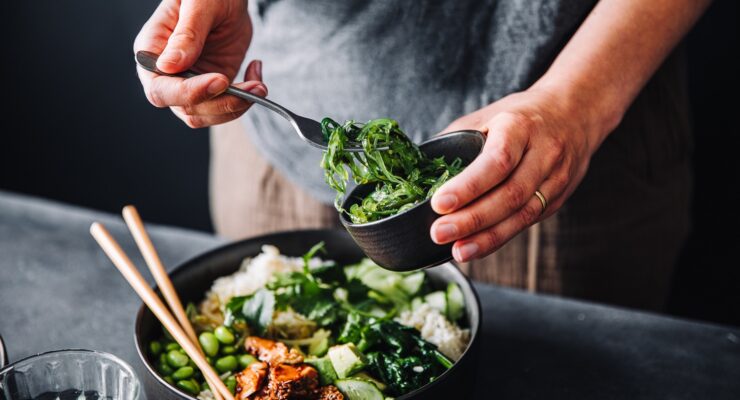7 Foods for Healthier Hair
Article posted in: Diet & Nutrition
Split ends got you down? Skip the fancy shampoos and costly conditioners—the key to luxurious locks lies in your fridge. That’s right, aside from playing a major role in your weight and general well-being, your diet is a major player in your hair’s health as well.
Studies have demonstrated that what you put in your mouth can impact what grows (or doesn’t!) on your head. Here are seven foods that will help you on your journey to a healthier body—and head of hair.
1. Beans
Beans, beans they’re good for your… part? According to research from the Cleveland Clinic, iron deficiency can cause baldness in both men and women. By loading up on iron-containing legumes like beans and lentils—plus veggies like spinach, you may help prevent hair loss. Just be sure to pair your legumes with vitamin C containing foods like bell peppers, tomatoes and citrus fruits (check out #2 for more on these vitamin C champions!), which help with iron absorption in plant-based sources. One half cup of cooked beans typically counts as one SmartCarb on Nutrisystem. Big-time bonus: These legumes also provide protein, which is a building block of hair. Without enough protein, you risk stressing your tresses, causing slower growth and weaker strands. Other sources of iron and protein? Tofu, turkey, egg yolks, whole grains and tuna.
2. Red Bell Peppers
As we said above, vitamin C plays an important role in effective iron absorption. Given that insufficient iron may be to blame for baldness, getting enough vitamin C is a surefire way to show your locks some love. Just a half cup of a red bell pepper provides 150 percent of the daily recommended intake of vitamin C (that’s more than an orange!), making it a great go-to for hair health. One cup of raw pepper counts as one unlimited Vegetable on Nutrisystem. Other vitamin C-packed produce? Citrus fruits like oranges and grapefruits, kiwis, green bell peppers, broccoli and strawberries.
3. Dark Leafy Greens
Here’s another reason to go green: dark leafy veggies like spinach and broccoli are loaded with vitamins A and C, which can promote sebum production. A natural oil produced by the scalp, sebum is something of an all-natural conditioner. Other sources of these vitamins? Carrots, kale, Swiss Chard, butternut squash, asparagus, bell peppers, pumpkin and sweet potatoes, to name a few. On Nutrisystem? Most non-starchy vegetables are unlimited. Be sure to consult your Grocery Guide if you’re unsure.
4. Eggs
Ask your hairdresser how to grow longer locks, and she’ll likely point you in the direction of the “hair, skin and nail” vitamin, biotin. Biotin is a B vitamin associated with hair growth and scalp health. Egg yolks boast a good deal of this nutrient, as do almonds, peanuts, salmon, low-fat cheese, avocado and wheat bran. On Nutrisystem, one large egg counts as one PowerFuel.
5. Salmon
Fatty fishes like salmon, herring, mackerel and sardines serve up Omega-3 fatty acids, which may help support scalp health. Enjoy two ounces of canned salmon (in water) on Nutrisystem, and you’ll consume one PowerFuel. Not feeling fish? Flaxseeds, chia seeds and walnuts also serve up this hair-helping nutrient.
6. Olive Oil
Healthy fats aren’t just important for heart health, they play a role in hair health as well. Since a diet that is extremely low in fat can lead to a mediocre mane, make sure you’re not totally nixing this nutrient. By consuming about a teaspoon of olive oil a day (that’s just one Extra on Nutrisystem), you can help keep those tresses in tip-top shape. Other fat-friendly oils to include: peanut or safflower.
7. Almonds
Given that it is the fourth most abundant mineral in the body, it’s no surprise that magnesium plays a role in hair growth. In fact, magnesium deficiencies are associated with hair loss—a scary reality for the near 70 percent of U.S. adults who don’t consume enough of this nutrient. Battle baldness by adding magnesium-rich almonds or cashews (two tablespoons counts as one PowerFuel on Nutrisystem) to your daily diet. Spinach, lentils, brown rice and halibut also contain this follicle-friendly nutrient.

